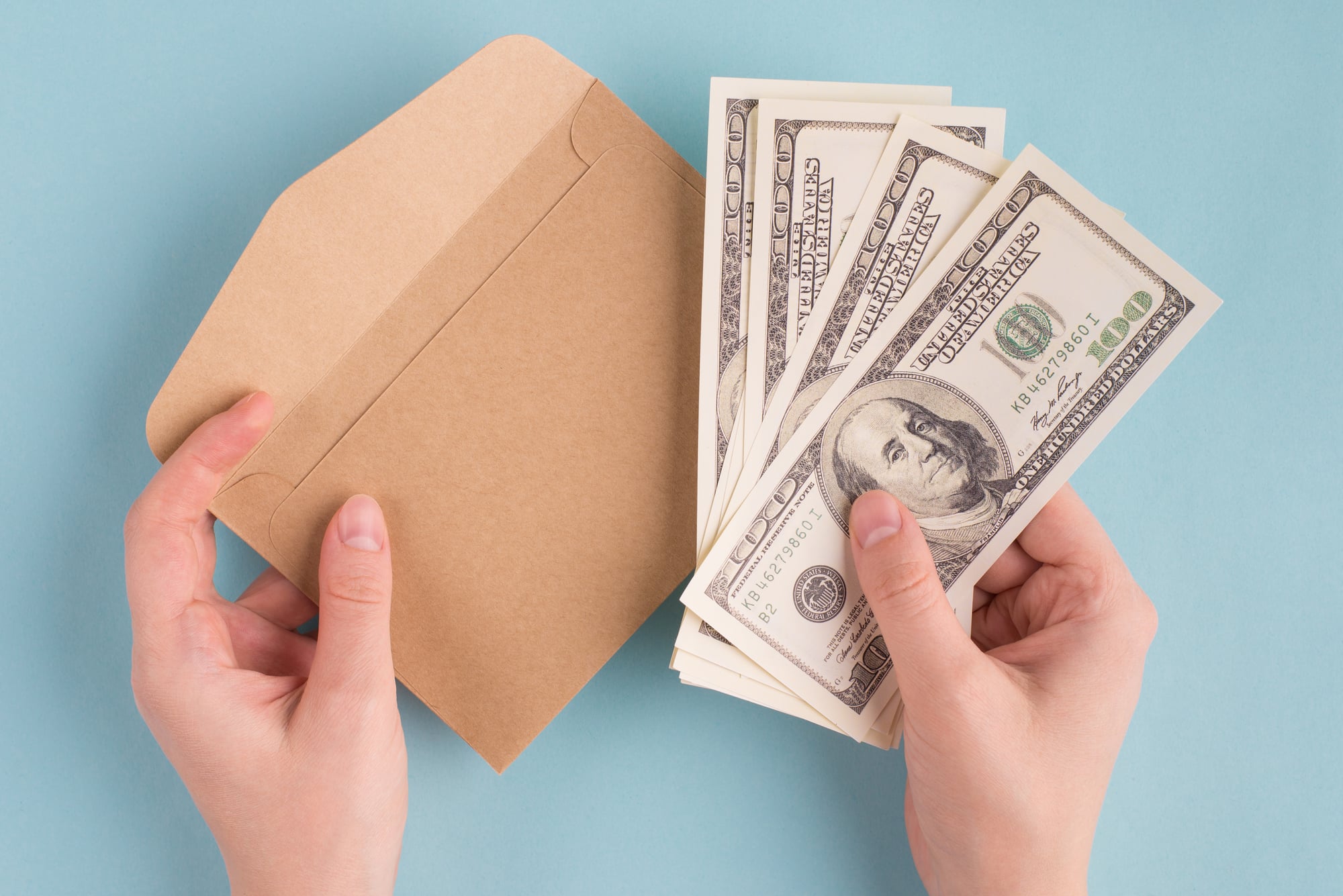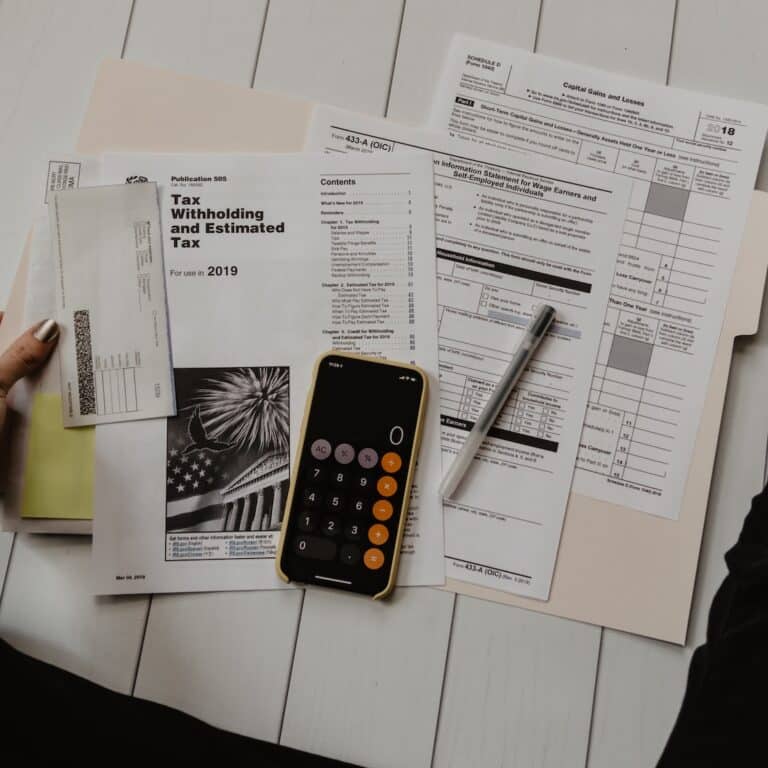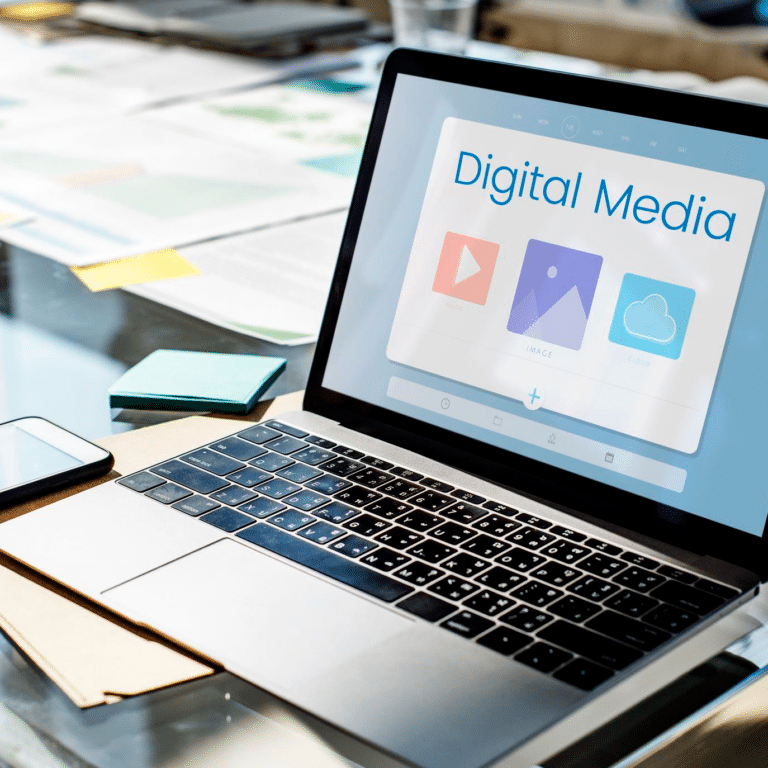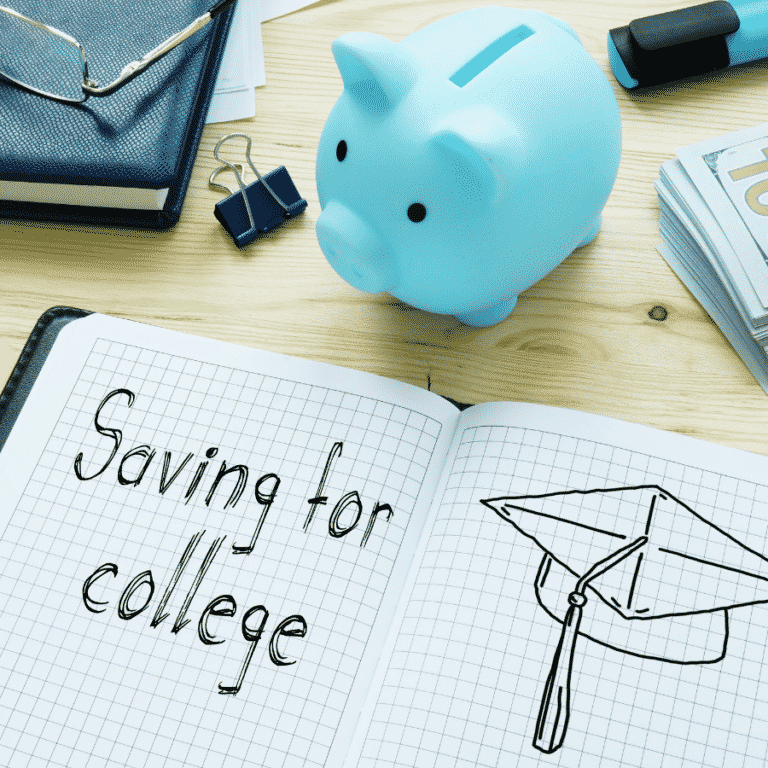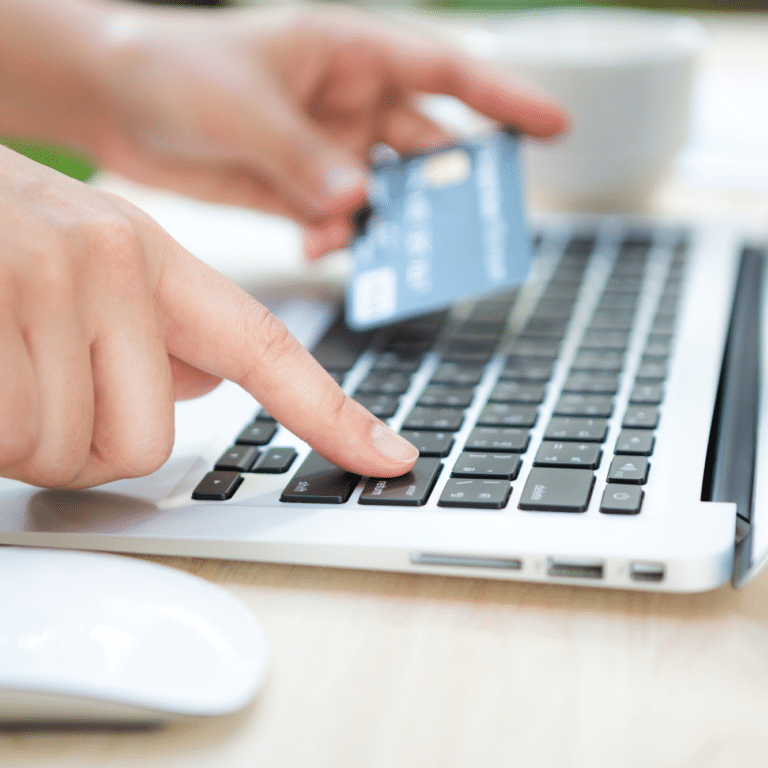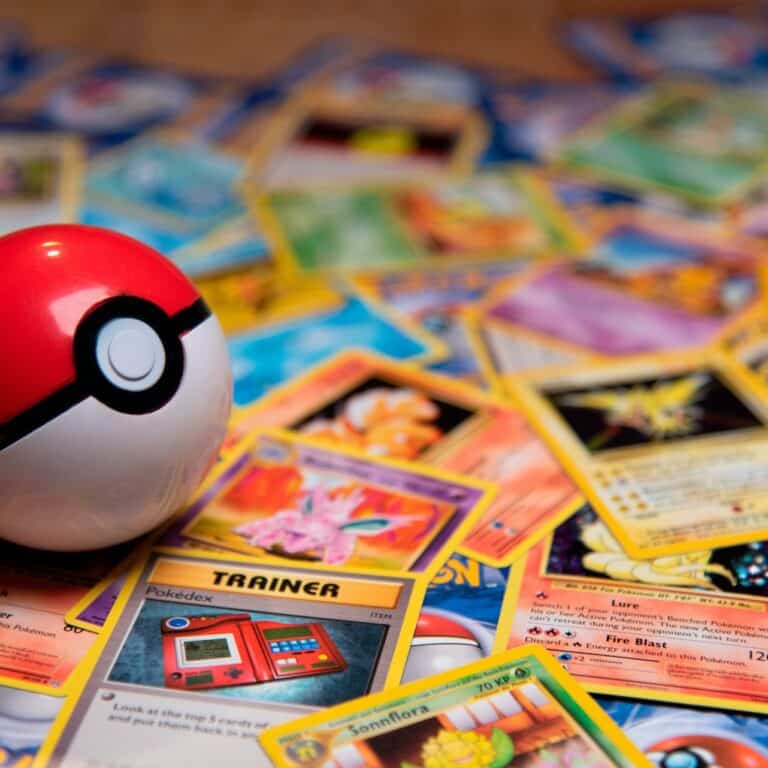Cash Envelopes: Your Best Solution to Spending Less
(Disclaimer: this post may contain affiliate links meaning I get a commission for recommending the products to you guys. Read full disclaimer here).
Creating and sticking to a household budget is no small feat, especially if you are new to budgeting. Chronic overspending causes carrying credit card debt, so it's crucial to master budgeting and learn to live below your means.
Thankfully, most people tend to overspend on just a few budget categories, which is why cash envelopes can be effective. They are a simple tool to control spending in those targeted areas. Here is a guide for using cash envelopes to help you manage your budget and stop overspending today.
What are Cash Envelopes?
The cash envelope is a budgeting system that only uses cash to pay for specific cost categories. Each cash envelope holds the money you allocate to that category for the month.
This significantly reduces impulse buying and overspending. Using cash to pay is an excellent way to track and control spending.
Once you spend the cash in an envelope, there is no more spending on that budget category. This system provides a tangible way to pay for expenses, making it harder to spend more than you planned to.
For example, the grocery bill is one household expense that can quickly get out of control. Once the monthly food budget is determined, you place the exact amount of cash for that budget category into an envelope. Then, as you purchase groceries during the month, the money is removed from the envelope to pay for the groceries. Once the money in the envelope is gone, there is no more spending on groceries for the month.
If this sounds a bit stringent, it's because it is. However, sticking to a budget is crucial for sound money management and achieving financial freedom. Therefore, living below your means is necessary to reduce your yearly work hours in preparation for retirement.
How do You Use Cash Envelopes for Budgeting?
Use cash envelopes to control discretionary expenses for these categories:
- Groceries
- Eating Out
- Entertainment/Fun Money
- Clothing and Accessories
- Personal Care (Cosmetics, hair salon visits, manicures, etc.)
- Home Purchases (decor, home repairs/maintenance, lawn care, etc.)
- Spending Money
- Gifts
Most of these variable monthly costs are non-essential expenses, except for groceries. Budget categories inappropriate for envelope budgeting are your fixed, essential expenses, such as:
- Rent/Mortgage
- Insurance Premiums
- Utility Bills
- Student Loans
- Credit Card Bills
- Car Payments
- Medications
While using cash envelopes for other costs, continue paying for essential expenses like you usually pay them, whether that's online, by check, or via automatic deductions to your account.
Now that you know which categories are appropriate for cash envelopes, this is how you implement the system.
Decide on Your Cash Envelope Categories
First, determine the categories you tend to overspend on. Tracking your spending is the best way to figure out where your money is going. Track yourself every day for two or three months to get a clear picture of your spending habits.
Alternatively, you could download and print your credit card or bank statements from the previous three months and highlight the transactions for each budget category you want to track. Then, total up the transactions and compare your actual spending to the amount you had budgeted for each month.
Either of these tracking methods will show you which budget categories need to be brought under control. Then, designate a cash envelope for each one.
Pull Money Out of the Bank
Next, head to the bank to withdraw the money to place in your cash envelopes. Withdraw the funds in congruence with when you get paid. Divide the total amount of money you will need by your number of paychecks for the month to determine the cash to withdraw.
So, if you get paid biweekly, you should head to the bank twice a month following each payday to withdraw the money. If you get paid weekly, go each week to refill your cash envelopes.
Withdrawing after each payday will ensure you have the money in the bank. In addition, taking out money in smaller increments helps budget the funds throughout the month, making it easier to stick to your plan.
Spend Your Money Carefully
Using cash envelopes will help you stick to your spending plan. Once your envelope is empty, you stop spending in that category until you withdraw more money after receiving your next paycheck or until the following month, whichever comes first.
The last thing you want to do is run out of money in your envelope for something important like groceries. The food budget is a case in point because groceries are typically a large portion of a household budget and many families have difficulty controlling their food costs.
To avoid running out of money for groceries, spend intentionally. Meal planning is one of the best ways to lower food costs, stick to your budget, and reduce spending on takeout.
Intentional spending is the foundation for frugal living and essential for all categories where you are using cash envelopes. For example, you wouldn't want to spend all your entertainment money at the beginning of the month, or you will be looking for free things to do later on during the month.
Assign Leftover Money a Job
There may be times when you have money left over in your cash envelopes at the end of the month. If this happens to you, first pat yourself on the back for spending less than what you budgeted for the month. Then you will want to decide what to do with the extra cash.
Here are a few options:
- Keep the money in the envelope and have more to spend next month
- Pay off credit card debt
- Use it toward student loan repayment
- Boost your emergency fund for unexpected expenses
- Move the money to a sinking fund for a planned upcoming expense
- Deposit the money into a savings account to save for a large purchase
- Use the money toward investments for your future
How Much Should I Put in a Cash Envelope?
You determine the amount of money you should put in a cash envelope by your budget. Using the grocery example, let's say you budgeted to spend $500 on groceries for the month. You get paid biweekly, and it's a month where two paydays fall within the month. Head to the bank and withdraw $250 to put in your envelope designated for groceries. You should also head to the grocery store after getting paid to have the cash available.
What are Sinking Fund Cash Envelopes?
A sinking fund consists of money earmarked for a planned upcoming expense that you budget for over several months or a year. Small amounts are deposited into the fund every month, so enough is saved up to cover the expense when it comes around.
You can set up a sinking fund for any upcoming expense. Some of the more common reasons to set money aside in a sinking fund are:
- Real Estate Taxes
- Vacations
- School Supplies and Clothing
- Wedding Costs
- Veterinary Bills
- Home Renovations
- Gifts
- Kids' Sports Fees or Extracurricular Fees
- Car Maintenance or Repairs
Many people use a separate savings account for their sinking funds to prevent them from spending the money they need for future expenses. However, you can also use a sinking fund cash envelope when using the cash envelope system.
Keep in mind the money should be kept somewhere safe if you decide to use a cash envelope for your sinking fund money. A small fire-proof safe or locked cabinet can help keep your money safe.
Where to Find Cash Envelopes to Use
You don't need anything fancy to use for cash envelopes. Even plain mailing envelopes will work fine. Ensure your envelopes have a clear label with the assigned expense name. Then, you can keep them in your budget binderfor easy access.
However, if pretty or color-coded envelopes will help you stay motivated or better organized, there are tons to choose from online. You can easily find free cash envelope printables that can be printed on card stock and folded into an envelope. Then you can seal the edges with packing tape to create a durable cash envelope for your budget planner.
You can also purchase inexpensive ready-made cash envelopes. There are plenty of fun designs available. The possibilities are endless for finding envelopes to use.
Final Thoughts on Cash Envelopes
Overspending doesn't have to be part of your financial life. Keeping a close eye on your spending habits by creating a budget that works for your household and using a cash-only system for certain expenses can help keep your spending in check. Try using cash envelopes to help you master your budget.
This article originally appeared on Wealth of Geeks.
Lisa is a personal finance enthusiast and founder of Adapt Your Dollars, where she writes about her knowledge of frugal living and money management. Her goal is to help women gain control of their money to live their best lives possible. When she isn’t writing or at her day job helping people, she can be found cheering on her kids at their sporting events, baking bread, or running.

